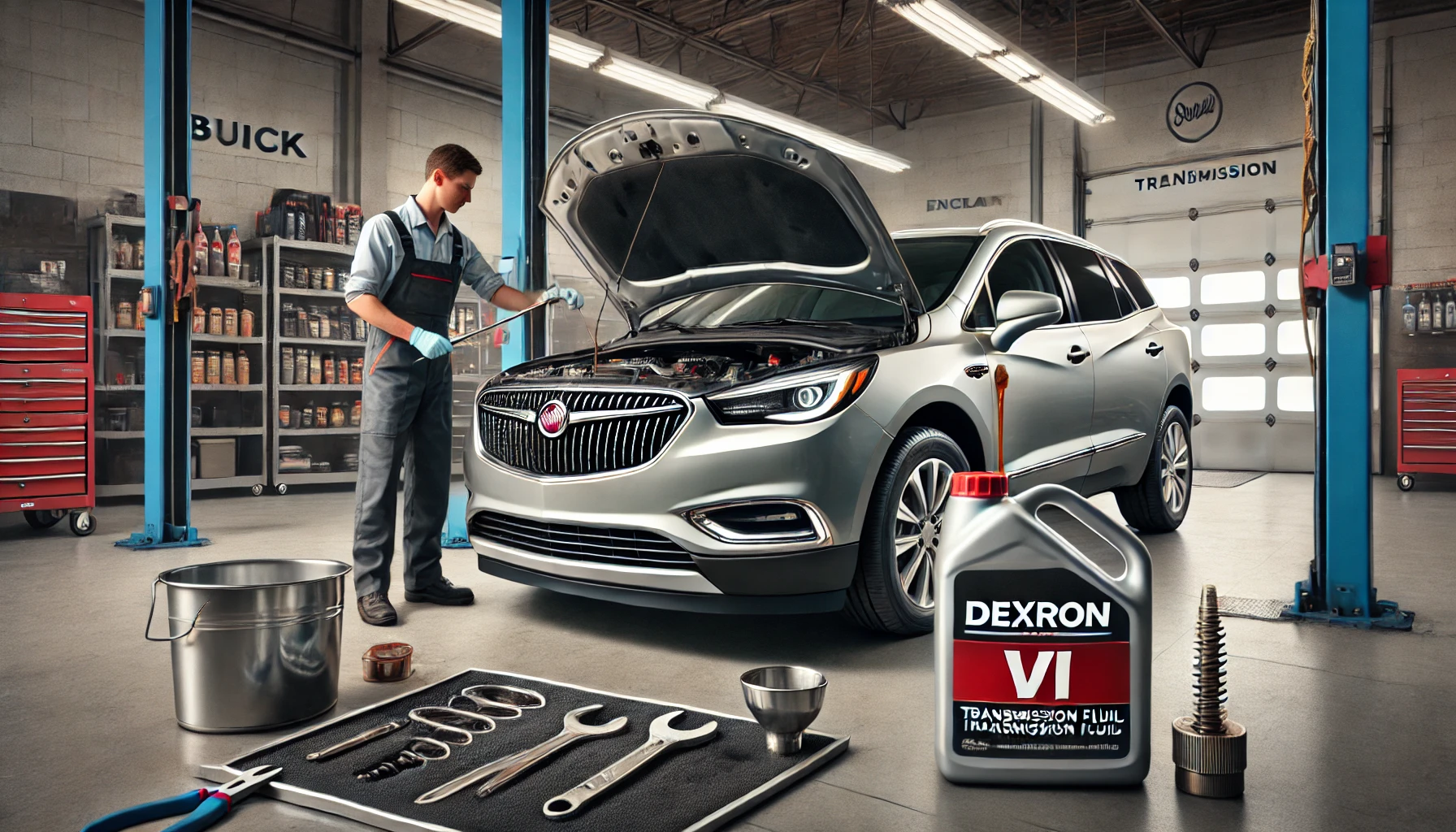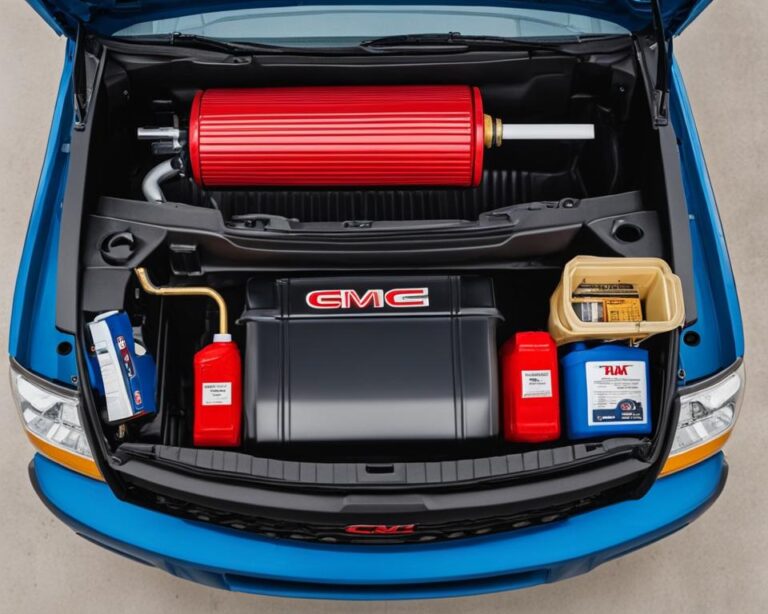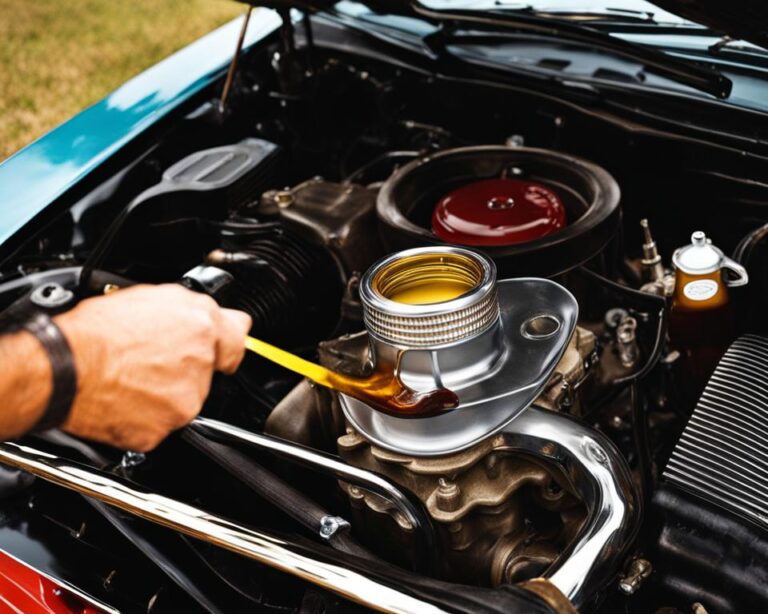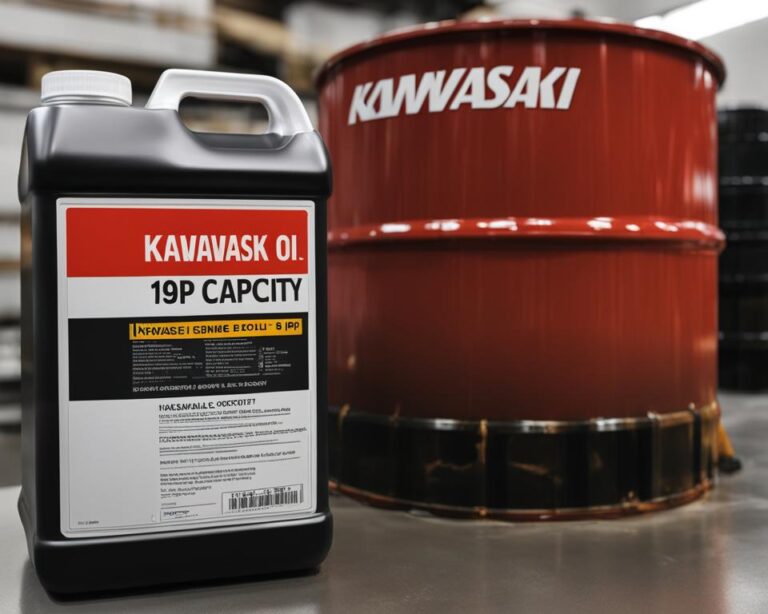Understanding the Enclave 6-Speed Transmission Fluid Capacity
The Buick Enclave, known for its luxurious feel and smooth performance, is a favorite among SUV enthusiasts. A key component to maintaining this vehicle’s top-notch performance is proper transmission maintenance. This guide will explore everything you need to know about the Enclave 6-speed transmission fluid capacity, the importance of regular maintenance, and detailed instructions on how to check and replace the transmission fluid.
Overview of the Enclave 6-Speed Transmission
History and Evolution
The Buick Enclave has been a popular choice for families and luxury SUV lovers since its introduction in 2007. One of the critical features of this vehicle is its 6-speed automatic transmission, which offers a smooth and efficient driving experience. This transmission has evolved over the years to incorporate advanced technologies aimed at enhancing performance, fuel efficiency, and driver comfort.
Key Features of the 6-Speed Transmission
The 6-speed automatic transmission in the Buick Enclave is designed to provide a balanced mix of performance and fuel economy. Some key features include:
- Smooth Gear Shifts: The transmission is engineered for seamless gear changes, contributing to a smoother ride.
- Fuel Efficiency: Designed to optimize engine performance and fuel economy.
- Durability: Built to withstand the demands of both city driving and long highway trips.
Importance of Transmission Fluid
Transmission fluid plays a crucial role in the operation and longevity of your Enclave’s 6-speed transmission. It performs several essential functions that keep your transmission running smoothly.
Functions of Transmission Fluid
- Lubrication: Reduces friction between the various moving parts within the transmission, preventing wear and tear.
- Cooling: Helps dissipate the heat generated by the transmission, preventing overheating and potential damage.
- Hydraulic Function: Facilitates the hydraulic pressure needed for the transmission to operate correctly, enabling smooth gear shifts.
Signs of Low Transmission Fluid
Recognizing the signs of low transmission fluid can prevent serious transmission problems. Some common symptoms include:
- Slipping Gears: If your transmission is slipping in and out of gear, it may be a sign of low fluid levels, making driving unpredictable and dangerous.
- Overheating: Transmission overheating can cause significant damage. If you notice a burning smell or see smoke, it could indicate that the transmission is overheating due to insufficient fluid.
- Unusual Noises: Grinding or whining sounds from the transmission can signal that the fluid level is low, causing metal parts to rub against each other.
- Delayed Gear Engagement: A lag when shifting from park to drive or reverse can indicate low transmission fluid. This delay can become more pronounced over time if not addressed.
Transmission Fluid Capacity for the Enclave 6-Speed Transmission
Knowing the correct transmission fluid capacity for your Buick Enclave is crucial for proper maintenance. Overfilling or underfilling can lead to various issues, so it’s essential to get it right.
Fluid Capacity Specifications
The Buick Enclave’s 6-speed automatic transmission has a specific fluid capacity designed to ensure optimal performance. For most models, the fluid capacity is approximately 9.5 quarts when completely dry, but this amount can vary slightly depending on the specific model year and whether you’re performing a complete fluid change or just a top-off.
Importance of Correct Fluid Level
Maintaining the correct transmission fluid level is essential for several reasons:
- Performance: Proper fluid levels ensure that the transmission operates smoothly and efficiently.
- Longevity: Adequate lubrication and cooling prevent wear and tear, extending the life of the transmission.
- Preventing Damage: Incorrect fluid levels can lead to overheating, slipping gears, and other serious issues.
Checking Transmission Fluid Levels
Regularly checking the transmission fluid level is a straightforward process that can help maintain your vehicle’s performance and prevent costly repairs. Here’s how to do it.
Tools Needed
To check your transmission fluid, you’ll need:
- A clean rag
- A funnel
- The transmission fluid dipstick (if applicable)
- Your car’s owner’s manual for specific instructions
Step-by-Step Instructions
- Warm Up the Engine: Drive the car for a few minutes to bring the transmission to its normal operating temperature. This ensures an accurate fluid level reading.
- Park on a Level Surface: Ensure the vehicle is on flat ground to get a correct measurement.
- Access the Dipstick: Open the hood and locate the transmission fluid dipstick. It’s usually near the back of the engine bay.
- Check the Fluid Level: Pull out the dipstick, wipe it clean with the rag, reinsert it fully, then pull it out again to check the fluid level. The dipstick will have markings indicating the proper fluid level range.
- Add Fluid if Necessary: If the fluid level is below the recommended range, use a funnel to add the specified transmission fluid. Be careful not to overfill.
- Inspect Fluid Condition: While checking the level, also look at the fluid’s color and smell. Healthy transmission fluid should be a clear, reddish color and free of burnt odors.
Replacing Transmission Fluid
Replacing the transmission fluid at the recommended intervals is essential for maintaining transmission health. Here’s a detailed guide on when and how to replace it.
When to Replace
- Mileage Intervals: Most manufacturers recommend changing the transmission fluid every 30,000 to 60,000 miles. Refer to your owner’s manual for specific guidance.
- Signs of Degradation: If the fluid appears dark, dirty, or has a burnt smell, it’s time to replace it regardless of the mileage.
Step-by-Step Guide
- Gather Supplies: You’ll need the correct type of transmission fluid, a drain pan, a funnel, a wrench, and possibly a new gasket for the drain plug.
- Lift the Vehicle: Use a jack to lift the car and secure it with jack stands to ensure stability.
- Drain the Old Fluid: Locate the transmission drain plug, typically on the bottom of the transmission pan. Place the drain pan underneath, remove the plug, and let the old fluid drain completely.
- Replace the Drain Plug: After draining, clean and secure the drain plug. If your car uses a replaceable gasket, install a new one.
- Refill with New Fluid: Use a funnel to add the specified amount of new transmission fluid through the dipstick tube or fill port.
- Check Fluid Level: Start the engine and let it run for a few minutes, then check the fluid level again. Add more fluid if necessary to reach the recommended level.
Choosing the Right Transmission Fluid
Selecting the appropriate transmission fluid is crucial for the optimal performance of your Buick Enclave. Using the wrong type can lead to poor performance or even damage.
Recommended Fluids
Buick recommends using specific types of transmission fluid designed to meet the unique requirements of the Enclave’s 6-speed transmission. It’s essential to use fluids that meet the Dexron VI specification, which ensures proper viscosity and performance under various driving conditions.
Synthetic vs. Conventional
- Synthetic Fluids: Offer better performance and can last longer between changes. They are designed to withstand higher temperatures and provide better lubrication, making them ideal for high-performance or heavy-duty applications.
- Conventional Fluids: Typically more affordable but may require more frequent changes. They are suitable for standard driving conditions and offer adequate protection for most vehicles.
Common Questions and Troubleshooting
Proper maintenance involves understanding and addressing common issues related to transmission fluid. Here are some frequently asked questions and troubleshooting tips.
Can I mix different brands of transmission fluid?
It’s best to stick to one brand or type to ensure compatibility and performance. Mixing different brands can result in unpredictable chemical reactions that might reduce the effectiveness of the fluid.
What happens if I overfill the transmission fluid?
Overfilling can cause excessive pressure within the transmission, leading to leaks or damage. Always follow the manufacturer’s guidelines for the correct fluid level.
Troubleshooting Tips
- Check for Leaks: Inspect under the car for any signs of fluid leakage. Leaks can be identified by puddles or spots of fluid on the ground where the car was parked.
- Monitor Performance: Be aware of any changes in shifting behavior or unusual noises. Early detection of issues can prevent more serious problems.
- Regular Inspections: Periodically check the transmission fluid level and condition, especially before long trips or heavy usage periods.
Conclusion
Summary
Regular maintenance of the Buick Enclave’s 6-speed transmission fluid is crucial for ensuring optimal performance and longevity. Understanding the correct fluid capacity, checking levels regularly, and knowing when and how to replace the fluid can prevent costly repairs and keep your Enclave running smoothly.
Importance of Regular Maintenance
Neglecting transmission fluid maintenance can lead to severe transmission damage and expensive repairs. Regular checks and fluid changes are simple yet effective ways to maintain your Buick Enclave’s health and performance.
By following the guidelines outlined in this comprehensive guide, you can ensure that your Buick Enclave remains reliable and efficient for many miles to come.
- Understanding the Enclave 6-Speed Transmission Fluid Capacity - 8 October 2024
- Jeep Grand Cherokee Transmission Fluid Capacity - 17 March 2024
- Jeep Patriot Transmission Fluid Capacity - 17 March 2024







